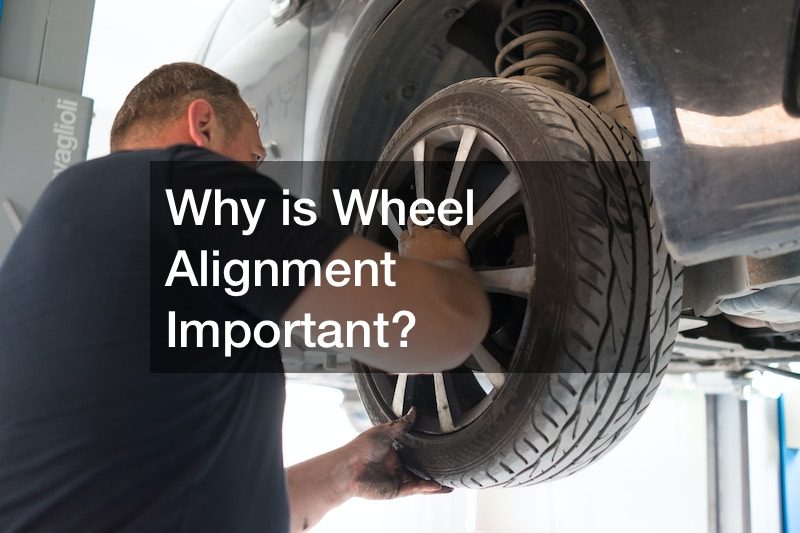
All four-wheelers will need to be taken for wheel alignments at several points within their lifetime. A car manufacturer determines the most appropriate set of wheel angles for their car models. The wheel alignment is crucial in determining straight-line stability, steering wheel returnability, and cornering performance, as well as reducing tire wear.
There are three important angles for the wheels: the camber, caster, and toe. The camber angle can be seen most easily from the front of the car. Camber can be positive or negative, but negative camber improves the cornering capability.
The steering wheel allows the tires to be turned along a steering axis, which is always horizontal. The inclination of the steering axis is the caster angle. The caster angle creates the steering wheel returnability, which is the car’s natural tendency to return to the neutral position.
The toe angle is most easily visible when looking at the wheels from directly above. The toe angle influences the straight line stability of the car by reducing the level of steering response to steering wheel movements.
It’s important to ensure the car is receiving wheel alignments on a reasonably frequent basis. Doing so ensures that each of these car performance factors is kept in its most optimal condition.
.

